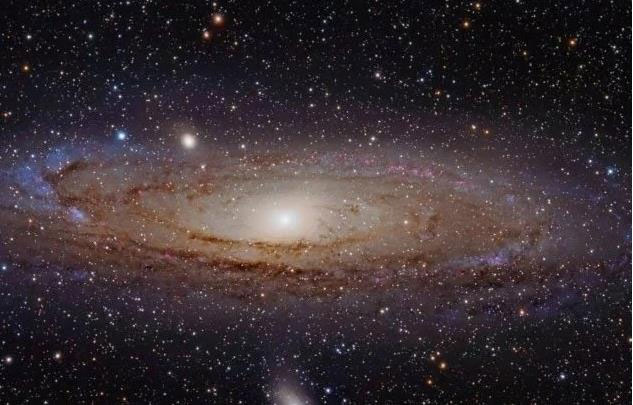The origin of this bizarre object, which is 100,000 times the size of the Sun, remains a significant mystery. Consequently, it is celebrated as a cosmic treasure.
According to Science Alert, it is a “intermediate-mass black hole.” While supermassive black holes are at the center of galaxies and small black holes result from the collapse of massive stars, intermediate-mass black holes are perplexing because there is no clear explanation for what they are and where they originate from.

The Andromeda Galaxy, home to the “cosmic treasure” – (Photo: ESA)
They are also extremely rare in the universe. However, in a star cluster within the Andromeda Galaxy, astronomers have studied the light variations of stars and identified a black hole with a mass nearly 100,000 times that of the Sun, which is characteristic of an intermediate-mass black hole.
According to researcher Anil Seth from the University of Utah, the discovery of this black hole could help fill a significant gap, a missing link in the astronomical world.
This mysterious little monster is located in a globular cluster named B023-G078, which is the remnant of an ancient galaxy swallowed by Andromeda.
This led researchers to a pathway: it appears that this black hole, neither too large nor too small, is the center of a tiny dwarf galaxy that was consumed by Andromeda. Just as our Milky Way, a “monster” galaxy, has a corresponding “monster” black hole (4 million times the mass of the Sun), much smaller dwarf galaxies also require a proportional central black hole.
The research was recently published in The Astrophysical Journal.


















































